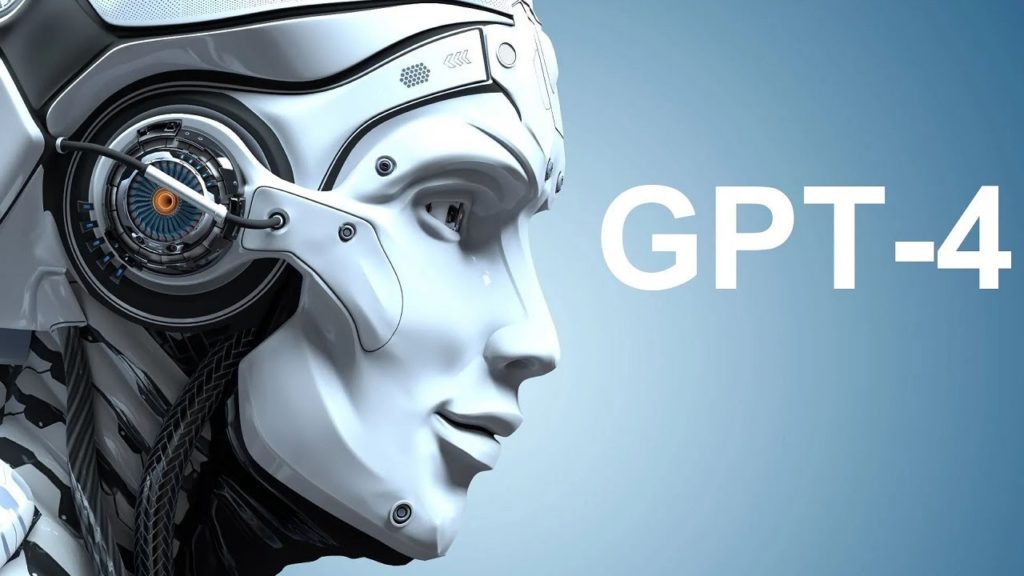|
Getting your Trinity Audio player ready...
|
Generative Pre-trained Transformer 4 (GPT-4) is the fourth iteration of the GPT series, GPT-4 is an upgraded version of the current ChatGPT language model (GPT-3 language model). ChatGPT currently operates on the GPT-3 architecture. ChatGPT uses the same deep learning algorithms and techniques as GPT-3 to understand natural language inputs and generate human-like responses.
The GPT-4 release announcement was made by Andreas Braun, Chief Technology Officer at Microsoft Germany, at a recent AI event titled “AI in Focus — Digital Kickoff” (via Heise). This was his official statement…
“We will introduce GPT-4 next week … we will have multimodal models that will offer completely different possibilities — for example, videos.”
Andreas Braun, Chief Technology Officer Microsoft Germany – 9th March,2023- ADVERTISEMENT -
The GPT series is a family of powerful language models that use deep learning techniques to generate human-like text. The GPT series was first introduced in 2018 by OpenAI, a research laboratory dedicated to advancing artificial intelligence in a safe and beneficial way.GPT-3 has 175 billion parameters and is currently one of the largest and most advanced language models available.
What is a Language Model?
A language model is a type of artificial intelligence that is trained on a large corpus of text data to learn the underlying patterns and relationships between words and phrases. Once a language model is trained, it can be used for a variety of natural languages processing tasks, such as text classification, translation, summarization, and text generation.
How Does GPT-4 Work?
GPT-4 will likely be based on the same architecture as its predecessors, which is the Transformer architecture developed by Google in 2017. The Transformer architecture uses self-attention mechanisms to capture long-range dependencies between words and phrases in a sentence. This allows the model to better understand the context of the text and generate more coherent and fluent responses.
What are the improvements we can expect from GPT-4?
- Increased Model Size: GPT-3, the previous iteration of the GPT series, had a whopping 175 billion parameters, making it the largest language model at the time. GPT-4 is expected to be even larger, potentially with 1 trillion parameters or more. This increase in model size will likely lead to even better performance on a wide range of language tasks.
- Improved Accuracy: GPT-4 will likely be even more accurate than GPT-3, which already achieved impressive results on a variety of language tasks. With a larger model size and more training data, GPT-4 will be able to capture even more complex patterns and relationships in language.
- Better Few-Shot Learning: GPT-3 demonstrated remarkable few-shot learning capabilities, which means it was able to learn new tasks with very little training data. GPT-4 is expected to further improve on this capability, potentially allowing it to learn new tasks with just a few examples.
- Multi-lingual Support: GPT-3 already supports several different languages, but GPT-4 is expected to improve on this by supporting even more languages and potentially achieving state-of-the-art performance on a wide range of language tasks in multiple languages.
- Better Common Sense Reasoning: One of the biggest challenges in natural language processing is common sense reasoning, which involves understanding the world and the way things work. GPT-4 is expected to make significant progress in this area, potentially leading to more human-like responses and better performance on tasks that require common sense reasoning.
GPT-4 is an upcoming language model that is expected to be even larger, more accurate, and more capable than its predecessor, GPT-3. With its impressive few-shot learning capabilities and potential for better common sense reasoning, GPT-4 could have a wide range of applications in natural language processing and beyond.
While we don’t yet know exactly what GPT-4 will be like, we can expect it to push the boundaries of what is possible with language models and bring us closer to achieving human-level language understanding.
It is important to note that while GPT-4 has the potential to significantly advance the field of natural language processing, there are also concerns about the ethical implications of such a powerful language model. For example, GPT-3 has already been used to create convincing fake news articles, which could have serious implications for journalism and democracy.
Therefore, it is important for researchers and developers to consider the potential risks and ethical implications of GPT-4 and work towards developing it in a way that is safe, fair, and beneficial for everyone.
Additionally, it is worth noting that the release date of GPT-4 is currently unknown, and there is no official announcement from OpenAI regarding its development. It is possible that GPT-4 may not be released at all, or that it may be released under a different name or with different specifications than what has been speculated.
In conclusion, while we can anticipate some potential improvements and capabilities of GPT-4 based on previous iterations of the GPT series, we must also consider the potential risks and ethical implications of such a powerful language model. As with any new technology, it is crucial to approach its development and use it with caution and responsibility.
